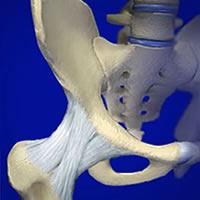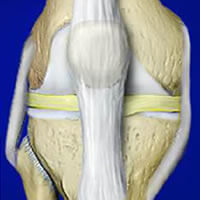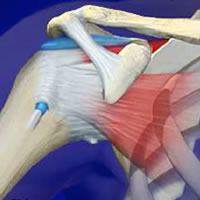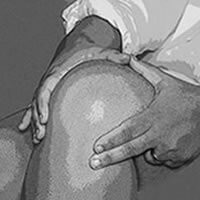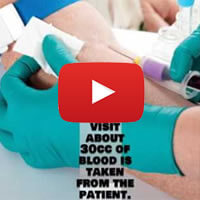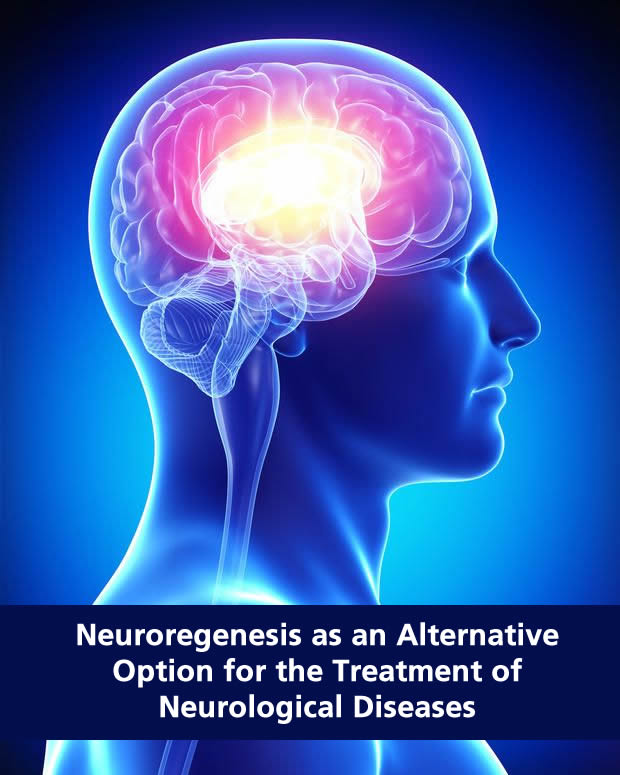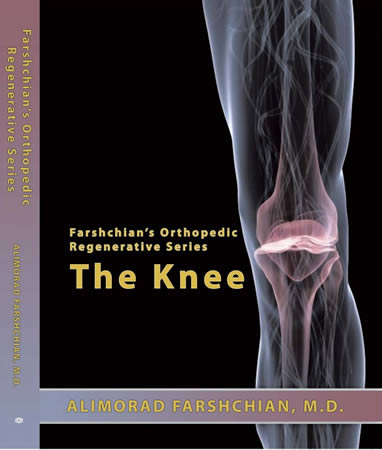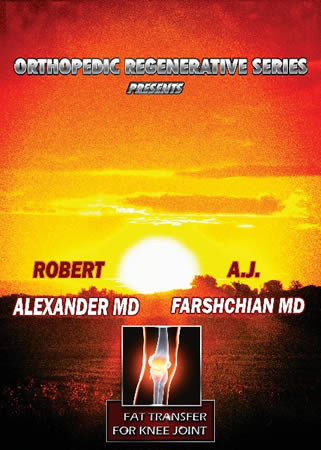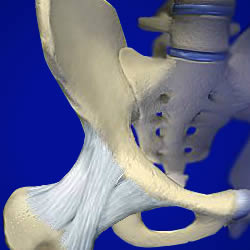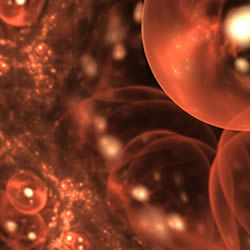Pseudo gout
- Home
- Case Studies
- Pseudo gout

Pseudo gout
50 year old woman presents to the office with history of knee pain in the left knee for several years, patient states her knee swells up at times for no reason at all. The knee was aspirated and positive for Calcium pyrophosphate deposits. Patient describes the pain deep in joint, .Pain does not exacerbate by any environmental factors, such as diet, exercise, weather...pain responds well to Mobic. She is not a smoker and she does not drink.
Discussion: Calcium Pyrophosphate Dihydrate Crystal Deposition is a condition that causes pain, redness, heat, and swelling in one or more joints. It is also referred to as Pseudo Gout or Chondrocalcinosis. It is caused by deposits of calcium pyrophosphate dihydrate crystals in a joint, which weaken the cartilage and cause it to break down more easily. The presence of these tiny CPPD crystals in the joints, and the body's reaction to these crystals, creates inflammation to attack the crystals. Severe condition could lead to a total knee replacement. It is not known why the body forms these crystals, but may be an abnormality in the cartilage cells or connective tissue. The cause also may be a genetic tendency. The movement of the CPPD crystals into joints can cause sudden and severe pain in the joint. Inflammation may occur causing redness, warmth and swelling of the joint. Over time, damage may be done to the cartilage (which acts as a cushion between bones) allowing bone to rub against bone. The best way to diagnose CPPD is by doing the following:
A. Detailed medical history: This is the key thing in diagnosis of any medical condition. This is the first thing that a doctor will do, It would give him clues to figure things out. B. Joint aspiration to check for crystals: This confirms the diagnosis, without this the physician can not be certain about the Psuedogout. C. Joint X-rays to show crystals: Crystals sometimes shows up in the X-Rays. D. Blood tests to rule out other diseases such as gout, rheumatoid arthritis or osteoarthritis. Currently treatment options recommended by NIH are: 1. Exercise 2. Medications: NSAIDs, 3. Rest 4. Removing fluid and crystals
Case Study Date: 4/20/2005







